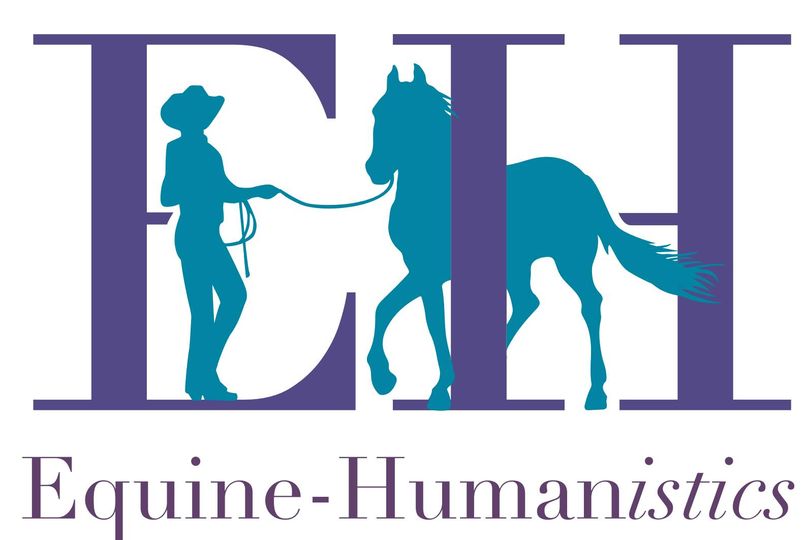Maree McAteer is coming to Northland, she will be holding a Clinic at the Working Equitation paddock at the Kaikohe Showgrounds on Easter Weekend - March 29,30 & 31 at the Kaikohe Showgrounds.
To book your space contact Maree McAteer directly spaces are limited.
Clinic Format – 3 day program
Or 3 sessions over 2 days
8 – 10 a.m. Groundwork (Group 1) 4 horses/people
10 a.m. – 12 p.m (Group 1 ) 30 min private lessons groundwork or riding.
12 – 1 p.m. Lunch
1 – 3 p.m. Groundwork (Group 2) 4 horses/people
3 – 5 p.m. (Group 2) 30 min private lessons groundwork or riding.
Cost $125 per group session (Participants free to audit other groups/days)
Auditors $50 This is a great auditing clinic as you get to watch the changes in all horses.
Equine-Humanistics groundwork involves 4 exercises that build calmness, balance, and trust. The first 3 exercises (Fence walking, Squaring and Circling) are the ones we refine until calmness, balance and symmetry are confirmed. The 4th (Lateral Balancing) puts it in forward motion together with person.
In the ridden part we carry forward what we established on the ground.
Maree McAteer NZ 027 270 0043 [email protected]
From Maree…..As well as the usual Working Equitation and training/riding lessons I am excited to share my groundwork system.
'FROM DISENGAGEMENT TO ENGAGEMENT - A gentle effective program to explain to horses what we mean from the ground before we ask under saddle.'
4 simple exercises that when built to a high level of mutual understanding enable horses and their partners to physically and mentally become 'one'.
This is beautifully explained by an article that was sent to me by a pupil - this is the last paragraph...…
"As a mounted team, horses, with prey brains, and humans with predator brains, share largely invisible signals via mutual body language. These signals are received and transmitted through peripheral nerves leading to each party's spinal cord. Upon arrival in each brain, they are interpreted, and a learned response is generated. It, too, is transmitted through the spinal cord and nerves. This collaborative neural action forms a feedback loop, allowing communication from brain to brain in real time. Such conversations allow horse and human to achieve their immediate goals in athletic performance and everyday life. In a very real sense, each species' mind is extended beyond its own skin into the mind of another, with physical interaction becoming a kind of neural dance." Author Janet Jones.
This is the goal, but in reality, we are generally taking horses that have been already patterned into a relationship with us using disengagement and submission - how do we navigate the path from that to a more mutual agreement. It is a play on both the mental and physical level - fascinatingly different in each horse.
Maree McAteer is a well respected international Working Equitation trainer, rider and judge based in both New Zealand and Colorado, USA. She is a key influence in developing this discipline as a sport within New Zealand.
About Maree.... She grew up in New Zealand in a horse crazy family. She started in Pony Club, was an Eventing rider then settled passionately into Showjumping. Twice winner of Lady Rider of the Year and also representing New Zealand against Australia. At 17 yrs old she flew two horses to England to compete for a summer. Highlights being 4th in Welsh Derby and competing at the Horse of the Year show in Wembley.
In 1983 Maree flew with horses from NZ to the United States and took on a position as a professional Showjumping rider. After many years of ‘life on the road’ all over the US and Canada, the draw to spend more time training got stronger. This started a fascination with all the different horse ‘training systems’. Classical Dressage, Competition Dressage, Natural Horsemanship, Doma Vaquero, California Vaquero, Philippe Karl School of Lightness, as the main ones studied. Twenty years ago Maree discovered Working Equitation at the time that it was first adopted into England from Europe. The format impressed her in that it gave people from all different training systems a place to show off their horses. The use of Working Equitation together with a growing understanding of how horses work through dissection science and the biomechanics of both horses and riders leads to the present day of this exciting and ongoing journey.

 Admin Login
Admin Login